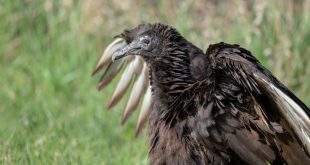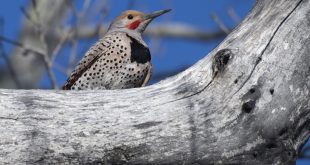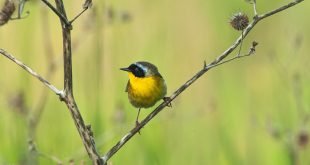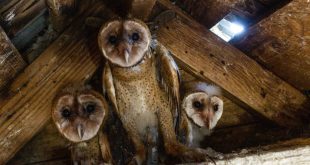After a thirteen year hiatus and a one day postponement due to weather, the Harlan County Christmas Bird Count (CBC) took place 16 December 2014. The CBC was held annually from 1996 to 2001. This year, a group of ten birders tallied 77 species, which is above the average number of 73 species recorded 1996-2001. Below, I touch upon a few highlights from the CBC.

- New CBC species: Cackling Goose, Lesser Black-backed Gull, Eurasian Collared-Dove, Yellow-bellied Sapsucker, Mountain Bluebird, and Hermit Thrush were all species recorded on the CBC for the first time in 2014. It should be noted, however, that Cackling Goose was split from the Canada Goose and recognized as a distinct species in 2003. Thus, this species was undoubtedly present during the first iteration of the CBC. Eurasian Collared-Dove, now common in Nebraska, was just starting to make its presence known when the CBC went on hiatus after the 2001 count.
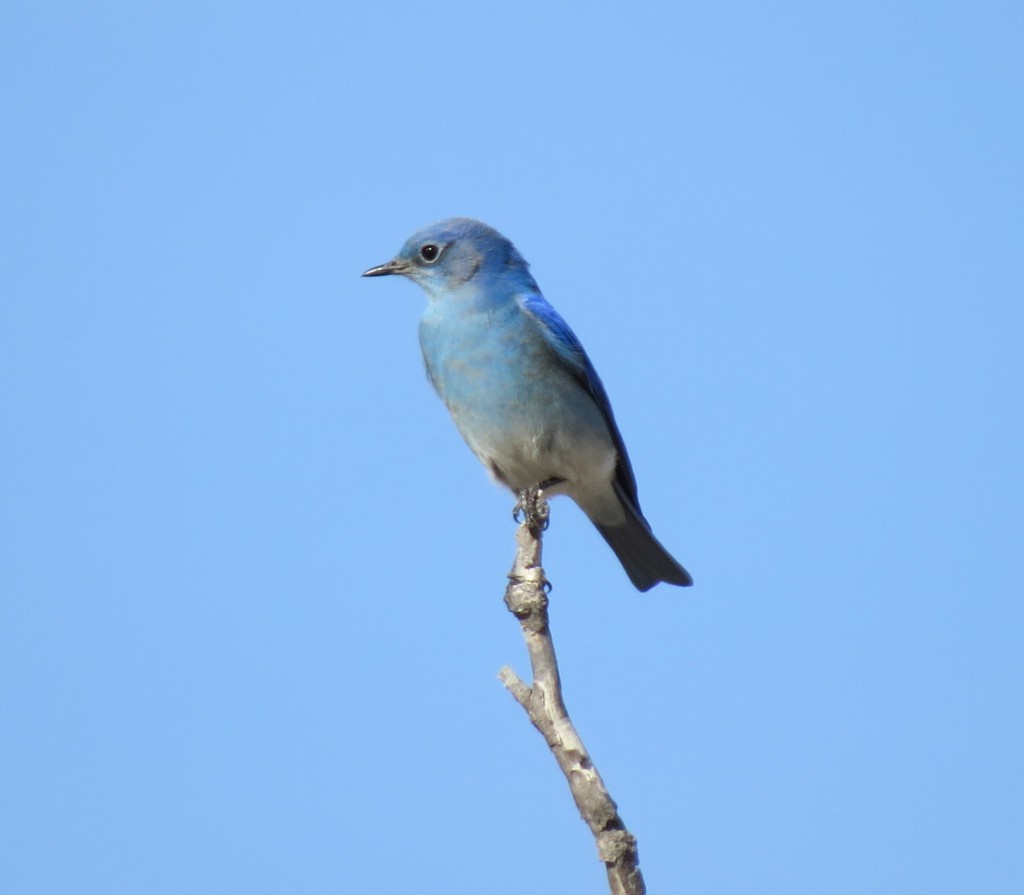
- Biggest miss: Hairy Woodpecker; several recorded during all previous Harlan County CBCs.
- Other big misses: Gadwall, Great Blue Heron and Eastern Screech-owl.
- Most numerous species: Snow Goose (22,444), Common Merganser (13,999) and Mallard (7,230).
- Record high counts: Snow Goose (22,444), American Wigeon (31), Red-breasted Merganser (20), Greater Prairie-Chicken (36), Wild Turkey (15), Bald Eagle (248), Red-tailed Hawk (53), Herring Gull (790), Northern Flicker (63), Horned Lark (686), Lapland Longspur (232).
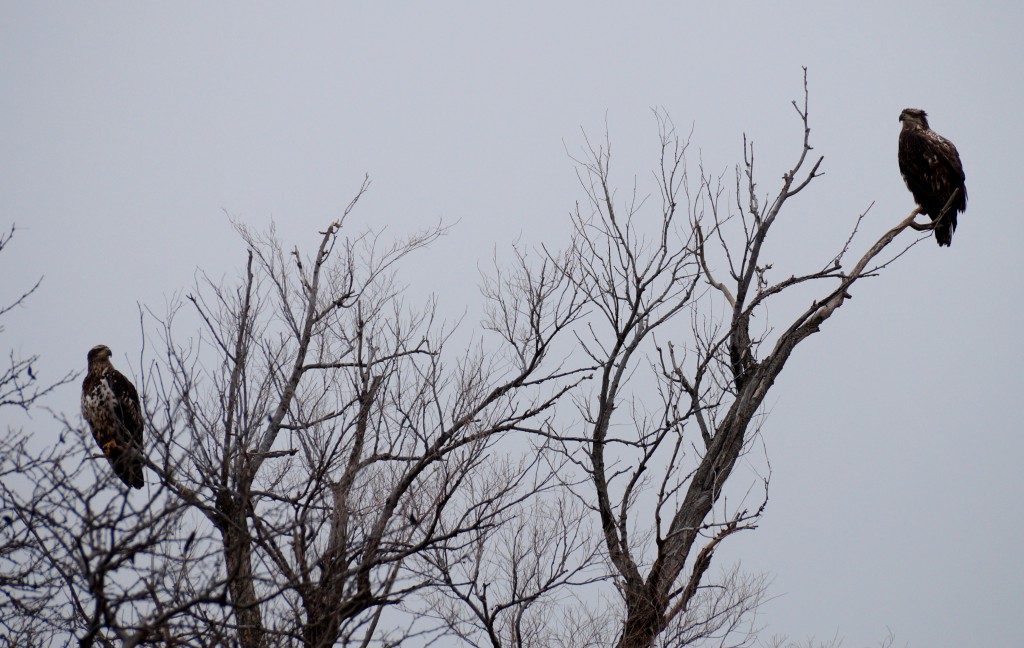
- Record low counts: Black-billed Magpie (3) and Black-capped Chickadee (15). Only species recorded on all previous CBCs are considered, here. Recording any Black-billed Magpies in 2014 leaves small pieces of hope that this species is persisting in Nebraska. Prior to the 2014 CBC, I predicted no Black-billed Magpies would be recorded. During the earlier iteration of the CBC (1996-2001), Black-billed Magpies were recorded each year and the average number recorded was 24. This species has declined sharply in Nebraska during the past ten to fifteen years and is now absent or scarce over much of its former range. The low number of Black-capped Chickadees was a little bit of a surprise, as I thought it had rebounded in most of the state following the West Nile Virus outbreak in the early 2000s. Perhaps recovery is still occurring in the Republican River valley.

For those interested in all the numbers from 2014 and previous years, you can download this document, Harlan County CBC results 1996-2001 +2014, and go crazy.

It was a good CBC and we’ll do it again next year!
Thanks to DeAnna Anderbery, Lauren Dinan, Jessica Edgar, Larry Einemann, Andrew Furman, Robin Harding, Marty Mathieson, Lanny Randolph, and Ross Silcock for participating.
 Nebraskaland Magazine
Nebraskaland Magazine

